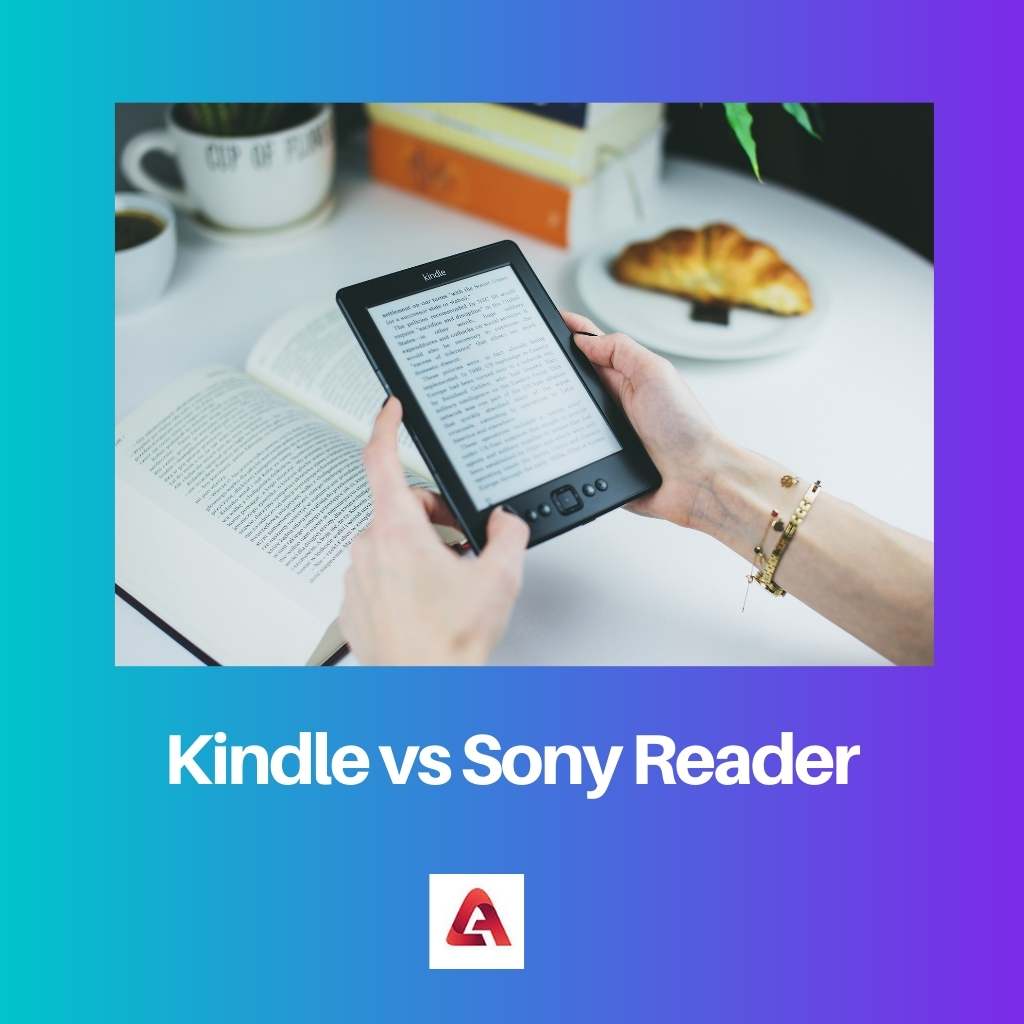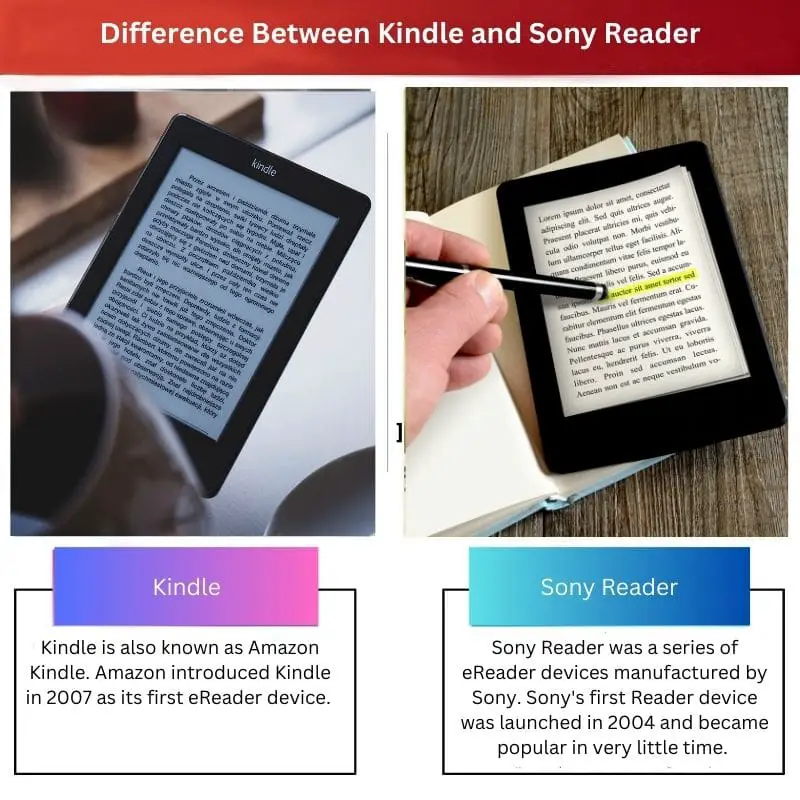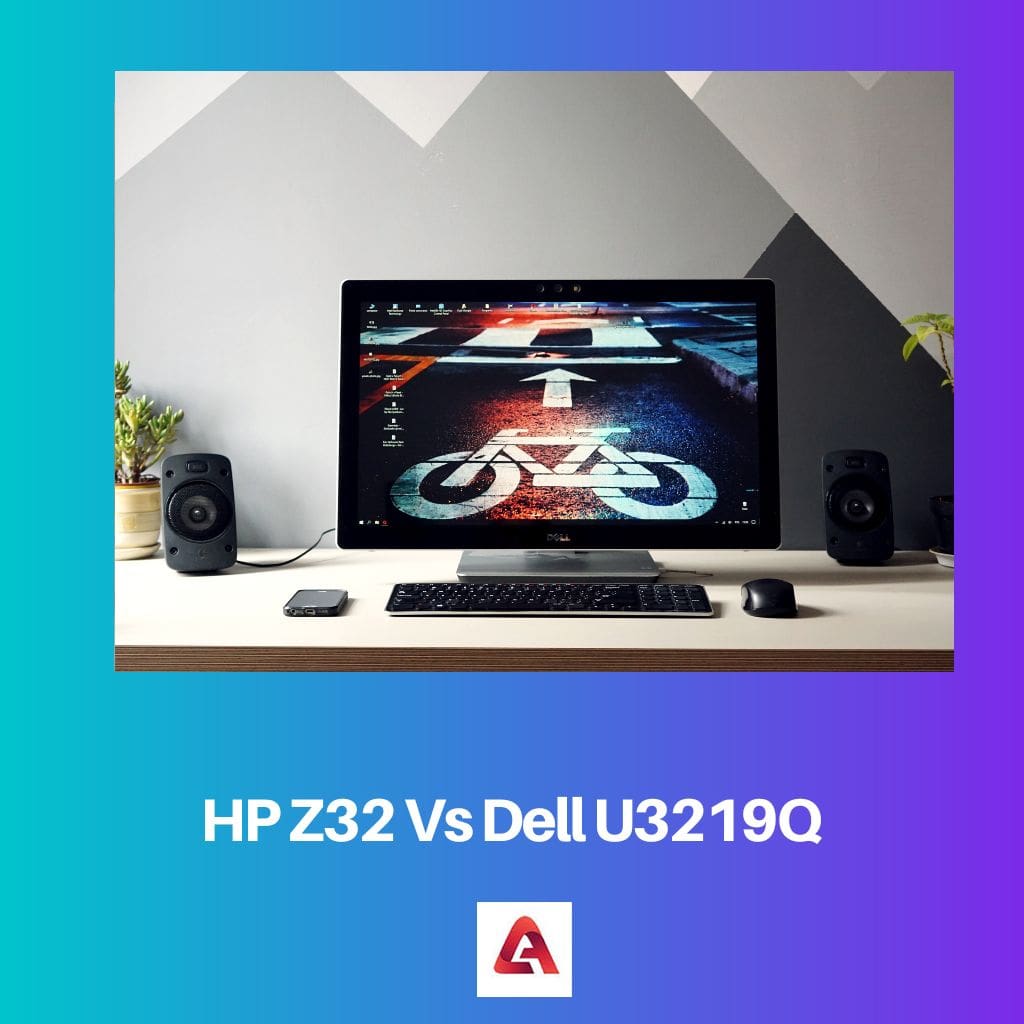E-readers are successful new gadgets, and it is one of the rare ones that indirectly are environmentally friendly. Even though eReaders haven’t completely replaced physical books, they are a step in the right direction.
Two popular eReaders are Amazon Kindle and Sony Reader.
Key Takeaways
- Kindle, developed by Amazon, and Sony Reader, are e-readers designed to read digital books and documents.
- Kindle has a vast ecosystem, including Amazon’s vast library, allowing users to purchase, download, and read books seamlessly.
- Sony Reader supports a wider range of file formats, giving users more flexibility in accessing various content sources.
Kindle vs Sony Reader
Kindle is a series of eReaders that is owned by Amazon and is supported by the Whispernet infrastructure, allowing Kindle to connect to the Amazon store wirelessly. Sony Reader is a series of eReaders owned by Sony with a touchscreen display, Windows and MacOS compatibility, and support for eBooks in PDF format.

Kindle is a series of eReaders introduced by Amazon. Kindle is connected to Amazon with the support of its Whispernet Infrastructure. This allows Kindle to connect wirelessly to the Amazon store.
As a result, a user doesn’t need a PC to install ebooks on their device.
Sony Reader was a series of eReaders manufactured by Sony. Sony offered a touch-screen display and dedicated support for PDF files, which is still the most common format for ebooks.
Sony Readers are compatible with Windows and Mac OS. However, these readers do not offer wireless connectivity.
Comparison Table
| Parameters of Comparison | Kindle | Sony Reader |
|---|---|---|
| Availability | Future-proof devices are available. | Stop manufacturing the devices in 2014, as the old devices are not future-proof. |
| Operating System | Kindle firmware. | Android, Windows, Mac OS X. |
| Display | E-ink passive display in all devices. | E-ink active touch-screen displays. |
| Connectivity | Wireless Connectivity. | Wired connection using USB 2.0 cables. |
| Controller Input | D-pad, keyboard, or touch-screen, depending on the generation. | Touch-screen functionality in all generations. |
What is Kindle?
Kindle is also known as Amazon Kindle. Amazon introduced Kindle in 2007 as its first eReader device. The product immediately gained popularity, and the initial stock was sold out on its first day.
Since 2007, there have been 10 generations of Kindle eReaders. The first generation of Kindle was released in the US only.
As the first product was hugely popular, it was made internationally for further versions.
Amazon Kindle is known for its independent nature. It has complete wireless network connectivity support with high speeds to connect to Amazon Store via the Whispernet Infrastructure.
Hence, the user doesn’t need computer connectivity to run eBooks on their Kindle devices. This is the standout feature of Amazon Kindle.
One area where only a few Kindle devices lack behind is the lack of support for PDF files.
Since almost all ebooks are in PDF file format, they need to be converted into a kindle compatible file format before they can be used.
Since the kindle devices are hugely popular, there are various accessories officially available by Amazon, including cases for protection, Audio Adapter for users to vocally navigate the interface and listen to ebooks, and a wireless charging dock for the latest kindle devices.

What is Sony Reader?
Sony Reader was a series of eReader devices manufactured by Sony. Sony’s first Reader device was launched in 2004 and became popular in very little time.
These eReaders were compatible with almost all file formats. Sony Readers also allowed users to open images and perform as an audio player via headphones as well.
These devices could be used in both portrait and landscape modes.
Sony Readers’ main selling point was their compatibility with systems. There were compatible with almost all operating systems, including Windows, Android, Apple’s Mac OS X, and even Linux.
As the connection was wired, the data transfer speeds were excellent as well. These devices offered active touch-screen displays, which were best in class.
One area where Sony Readers lacked behind was that the user couldn’t access ebooks independently of the computer.
Since Sony Readers were not wireless, PCs were needed to transfer ebooks to the device’s storage.
As the latest model of Sony Reader came out back in 2013, it is not compatible with many latest generation computers.
With the rising competition from other companies like Amazon, Sony discontinued the production of its eReaders lineup in 2014. However, it continued to sell out its remaining stock of devices to customers.

Main Differences Between Kindle and Sony Reader
- Kindle offers true wireless connectivity, whereas Sony Reader allows only wired connectivity
- Kindle devices come with passive displays, whereas Sony Readers have active displays.
- Some Kindle devices lack PDF support, whereas all Sony Readers are PDF-compatible.
- Kindle devices are independent of PCs for eBooks, whereas Sony Readers are dependent on PCs.
- Kindle devices are future proof whereas Sony discontinued manufacturing new generations of eReaders.





